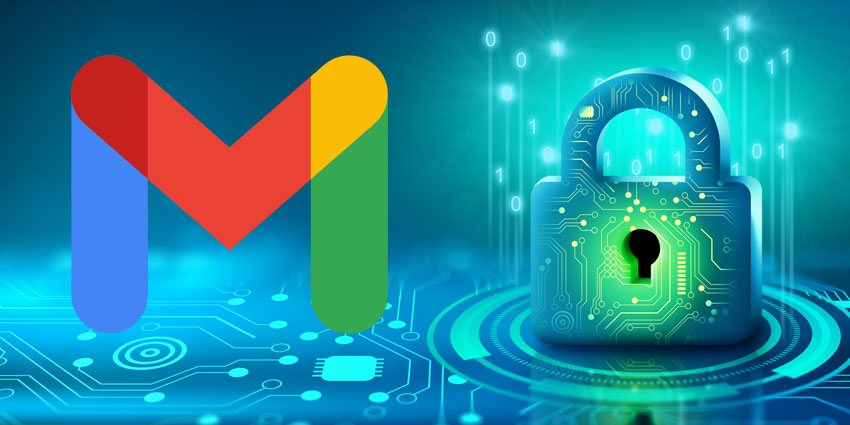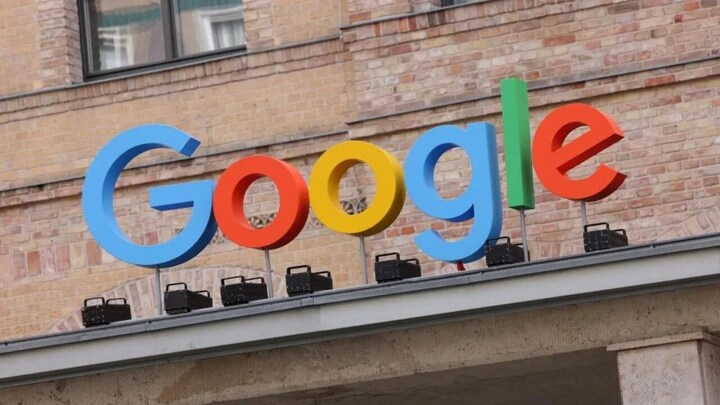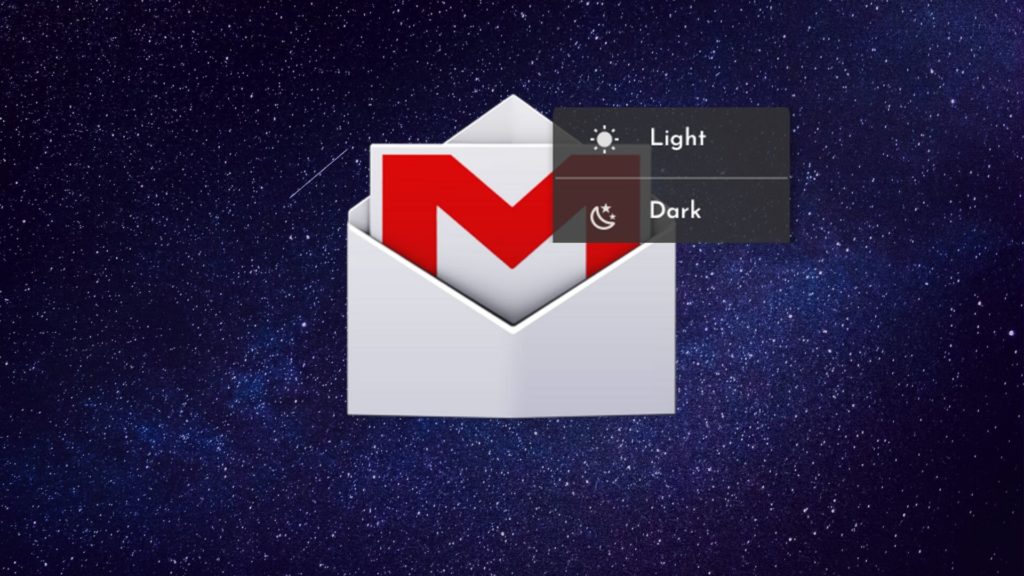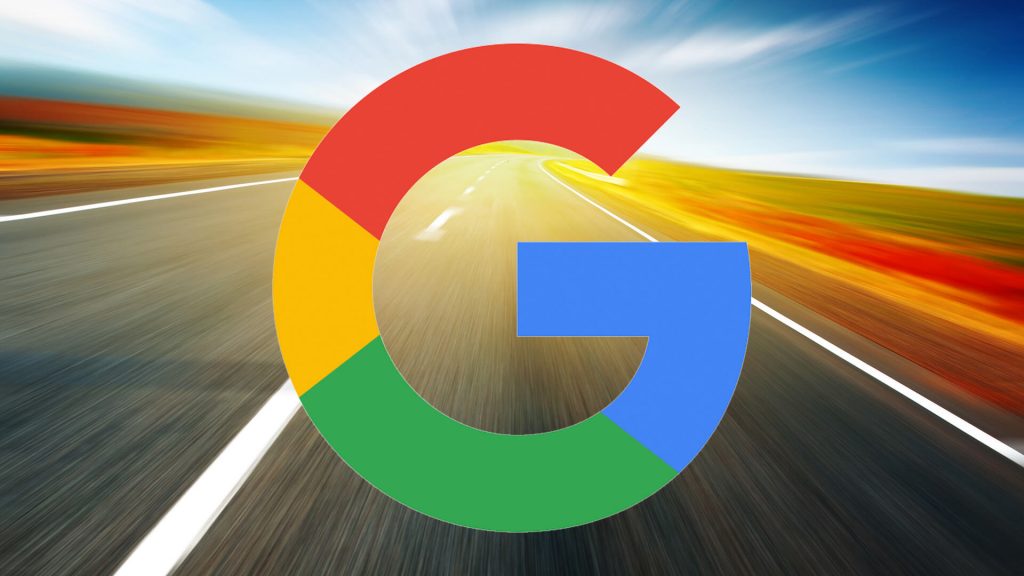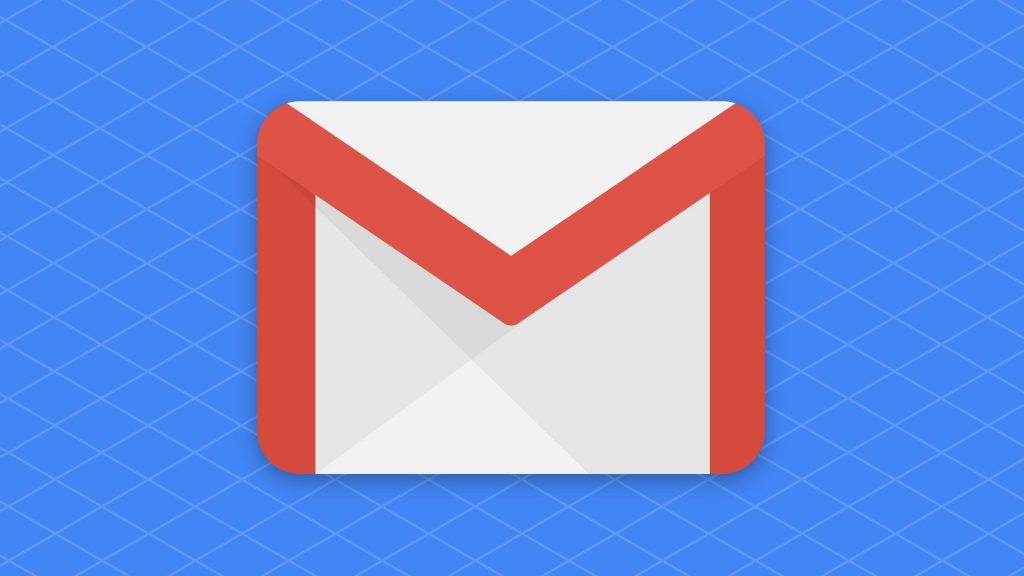Google rolls out AI writing assistant to Gmail and Docs
Google has unveiled a set of integrative Functionalities for its Workspace apps, which include Google Docs, Sheets, Gmail, and Slides.
The latest Google updates incorporate advanced AI techniques to produce, summarize, and enhance text content in Google Docs. This technology is equivalent to the capacity of ChatGPT powered by OpenAI, which is widely used by many people.
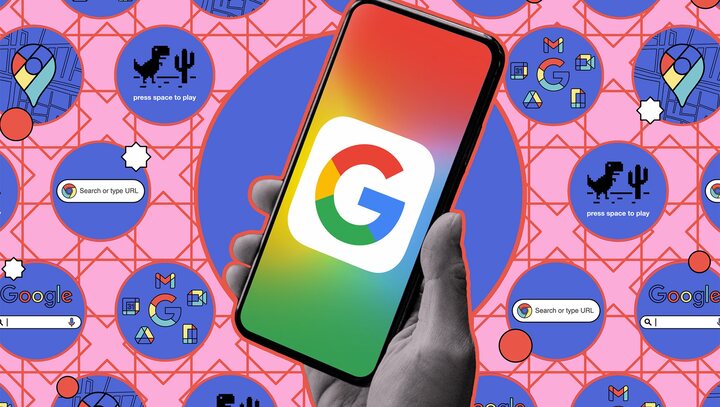
Additionally, Gmail users can now generate full emails based on their brief main points using this feature. Furthermore, Google Slides now have the capability to create AI-generated visuals, sound, and videos for presentations, similar to the functionalities available in Microsoft Designer, backed by OpenAI’s DALL-E, and Canva, supported by Stable Diffusion.
Also Read: Google expands Gmail client-side encryption to more users
These new updates bring cutting-edge technology to Google’s suite of tools, providing users with improved capabilities and an easier way to create, edit, and present their content.
“We’re now making it possible for Workspace users to harness the power of generative AI to create, connect, and collaborate like never before,” writes Johanna Voolich Wright, VP of Product at Google Workspace.
Source: freethink.com
The official statement demonstrates Google’s willingness to overtake opponents in the latest AI race. Ever since the introduction of ChatGPT a year ago and the release of Microsoft’s chatbot-enabled Bing in February, the internet giant has indeed been rushing to release similar AI functionalities.
The tech giant decreed a “code red” in December, instructing employees to add Ai technologies to all of its user products, which are utilized by a billion individuals, within months.
“We’re so excited by the potential of generative AI, and the opportunities it will unlock,” Kurian wrote in a blog post.
Source: cnbc.com
But search engine giant Google is getting way ahead of itself. Despite the firm’s announcement of a slew of innovative capabilities, just one of them which is the AI writing software in Docs as well as Gmail will be made accessible to a team of US-based trustworthy testers this month.
Also Read: Google tests blocking news content for some Canadians
This is also the method by which the search engine giant officially confirmed ChatGPT competitor Bard’s presence. Google has confirmed that these and additional features will be made accessible to everyone later this year but doesn’t say when.
Google expands on these potential functions in its press release, “Whether you’re a busy HR professional who needs to create customized job descriptions, or a parent drafting the invitation for your child’s pirate-themed birthday party, Workspace saves you the time and effort of writing that first version. Simply type a topic you’d like to write about, and a draft will instantly be generated for you. With your collaborative Al partner, you can continue to refine and edit, getting more suggestions as needed.”
Source: theverge.com

I am a student pursuing my bachelor’s in information technology. I have a interest in writing so, I am working a freelance content writer because I enjoy writing. I also write poetries. I believe in the quote by anne frank “paper has more patience than person
